During my semester abroad in the Fall of 2022, I attended an Online Journalism Class (CREW 201) at Vancouver Island University in Canada. Below you will find some of the best work that I produced during my time there. This includes a breaking news story, a longform feature, discussion posts, an infographic and more. Let this give you an insight look as to how I practiced journalism!
⠀
All by Moritz Döring
Introductory Video for CREW 201/Online Journalism Class
⠀
⠀
⠀
⠀
Revised Assignment 2: Breaking News Story
⠀
Low participation in local Nanaimo election for 2022 raises accessibility and awareness issues
⠀
Of all eligible Nanaimo voters in the local election, less than 25 percent chose to cast their ballot. One resident identified problems with access and information.
⠀

⠀
In the local election in Nanaimo, less than one in four citizens qualified to vote took part. Considering the drop from 2018’s numbers, when 40 percent of residents participated, was considerable.
While some experts previously pointed out voter apathy as a worrying trend, other explanations for this recent voter turnout have been put forward.
For Jennifer Beely, who has been a Nanaimo resident for over 14 years, participating in the election was not possible due to acute health concerns: “I really wanted to take part in it, but I had a flare-up and that made me miss out. Then again, I would have almost missed out on it anyway, because I didn’t even know about it taking place.”
However, according to a worker at the Nanaimo Social Center who chose to remain anonymous: “We did try to get the word out to everyone, but the remaining responsibility is with the voters.”
Following the election results, five incumbents and three new officeholders will now be part of the Nanaimo City Council table. The returnees include Sheryl Armstrong, Ian Thorpe, Ben Geselbracht, Tyler Brown and Erin Hemmens. Janice Perrino, Hilary Eastmure and Paul Manly were elected for the first time.
⠀
Date of Interview Quotes: 29th of October 2022
Additional sources for this assignment:
- shorturl.at/lBIW2
- https://nanaimonewsnow.com/2022/10/22/water-cooler-ward-systems-all-candidates-debates-and-what-to-do-about-nanaimos-low-voter-turnout/
⠀
⠀
⠀
Revised Assignment 3: Feature
⠀
Into the Digital Abyss: The Darknet
⠀
While much about the Darknet is still misunderstood, its influences spread to countries like Germany and extend worldwide. Looking past the countless criminal activities that take place on it, this obscure part of the internet also contains unexpected slivers of light.
⠀
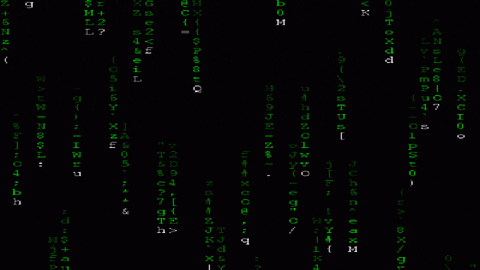
⠀
A pitch-black room lit only by glaring monitors, the hectic sound of typing and faint computer fans, a man wearing a hoodie hunched over a keyboard while staring at lively lines of green letters and numbers. We’re sure we already know the intent of the fictitious stranger. His sinister disposition must have led him straight into the shadowy underbelly of the internet, where hackers lurk.
Welcome to the Darknet.
When we think of this mysterious part of the Internet, associations with drug trafficking, graphic violence, exploitation, and other human vices often appear in our minds. As with many stereotypes, both truth and exaggerated falsehoods shape our understanding of the Darknet. To understand what we are dealing with, let us begin by defining the layers of the internet with the help of a useful metaphor.
⠀
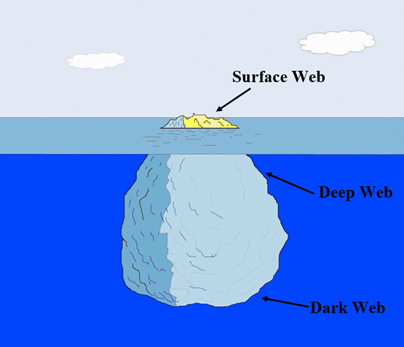
⠀
Imagine an iceberg with only the tip visible above the water, with the bulk of it submerged. The visible tip represents the Surface Web or Open Web, which is what we access regularly though search engines like Google. This is the internet as we know it, which makes up only about 0.03 percent, as outlined by Encyclopedia Britannica.
The Deep Web is a layer of the iceberg already submerged in the water and is hidden to us. Contrary to public opinion, mostly harmless sites can be found here such as parts of subscription services, email accounts and more. The Deep Web constitutes most of the internet by far.
Finally, the Darknet or Dark Web is the last and smallest internet layer, making up 0.01 percent. Websites on the Darknet use software to encrypt information, which serves to anonymize users and contributes to the Darknet being a place filled with many criminal elements.
⠀
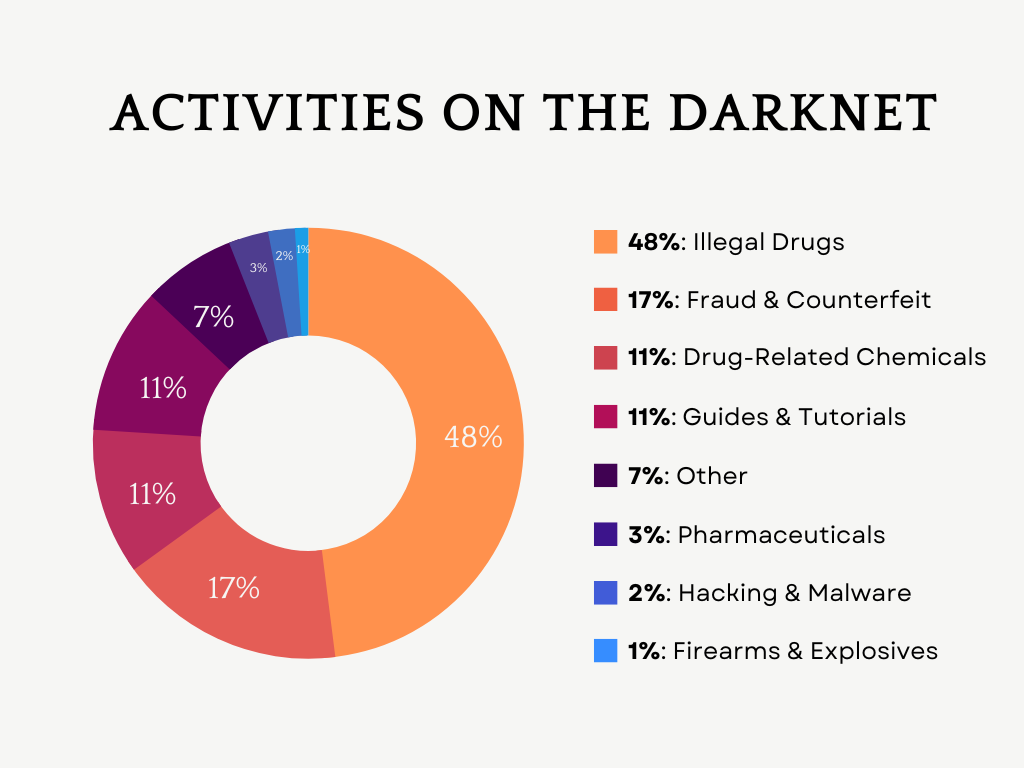
⠀
On a worldwide basis, the trade of illicit drugs forms the main business of many Darknet marketplaces. Different kinds of frauds, tutorials and other activities follow, while hacking or the trade of weaponry trails behind, as listed by the United Nations Office on Drugs and Crime. The Darknet is most commonly accessed by using a free browser with the name The Onion Router (TOR).
According to Patrick Lechleitner, Deputy Assistant Director of the U.S. Department of Homeland Security, gaining access to the Darknet with illegal plans bears heavy problems. As he disclosed on the website of U.S. Immigration and Customs Enforcement: “If you’re conducting illicit activities on the Darknet, there are a lot of risks associated with that, and you are not totally anonymous. You shouldn’t be doing anything illicit on the Dark Web or the Open Web for that matter. If you are conducting any illicit activity on the Dark Web, there are consequences and federal law enforcement is watching.”
Despite risk, determined users continue to enter the Darknet. As reported at the 2020 International Wireless Communications and Mobile Computing Conference (IWCMC), cybercrime in all its forms is growing at an alarming rate throughout the world. The report showed that users all over the globe can engage in malicious businesses, even setting deliberate traps for unsuspecting victims.
All the while, cybercrimes are not just limited to targeting individuals, but even entire companies who find themselves in the crosshairs of lawbreakers around the world. A recent case in Australia emphasizes the severity of Darknet crime. Sensitive patient data from Medibank, the largest private health insurance provider in the country, was stolen and posted on the Darknet. The hacker behind the incident demanded ransom, which was closely reported by Australian news outlets, such as Nine News in the following audio clip.
⠀
⠀
Another country that finds itself frequently associated with the Darknet is Germany. As Andreas Groß, Senior Presales Manager at the cybersecurity company Trellix, recently explained on it-daily.net: “German companies and organizations face enormous challenges to protect their critical infrastructure. To guarantee an extensive IT safety strategy, now at the latest, cybersecurity must be on top of the agenda for boards and executives.”
The need for better approaches towards the Darknet in Germany stems from a specific case in 2021. As reported in an article of Der Spiegel, eight suspects were arrested and later charged with varying amounts of jail time for running an entire bunker that operated illegally on the Darknet. For Jörg Angerer, chief prosecutor at the Coblenz Central State Office for Cybercrime, this case still resembles a drop in the ocean. He reported in the same article by Der Spiegel: “It’s like a hydra: You cut off one head and the next one grows back.”
The dangers of the Darknet are clear by now, but there is a shimmer at the end of this overwhelmingly dreadful digital tunnel. After all, there are cases of the Darknet being used for ethical, socially desirable purposes. With its heightened degree of online anonymity, the Darknet has been used by citizens in countries under dictatorships to communicate freely with people on the internet.
⠀
⠀
For journalists, the Darknet has been suggested as a novel tool to get in contact with sources and bring important issues to the public. This raises the need for concrete ethical guidelines for journalistic Darknet use, as proposed by the Norwegian journalism scholar Liv Iren Hognestad within her 2020 academic paper in Journalism Practice (via Taylor & Francis Online). Hognestad recognizes the values of the Darknet: “Encryption and physical distance to those investigated provides protection for journalists”. And thus, surprisingly, the Darknet does offer the potential for real, positive changes when it is used responsibly.
The history of the Darknet seems to have only just begun. But despite multiple issues left to solve, we are facing a choice: How we decide to use the Darknet is ultimately up to us as societies. We may look at it as a key that can unlock many doors to a better or worse internet culture. Only time will tell which side will outweigh the other and how this might forever change the World Wide Web.
⠀
⠀
⠀
Revised Weekly Exercise (Week 6): Infographic – Digital News Report 2020
⠀⠀
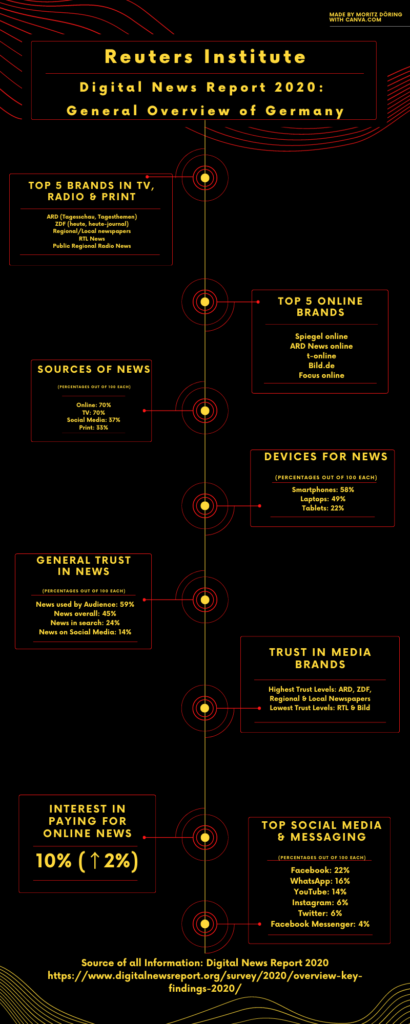
⠀
⠀
⠀
Revised Weekly Exercise (Week 7): Infographic – Responsibilities of Journalists
⠀
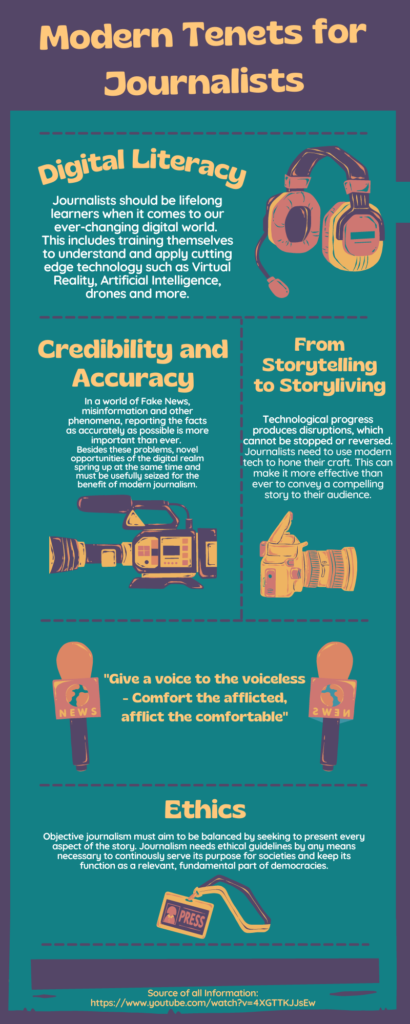
⠀
⠀
⠀
Revised Weekly Exercise (Week 8): Letter to the Editor
⠀
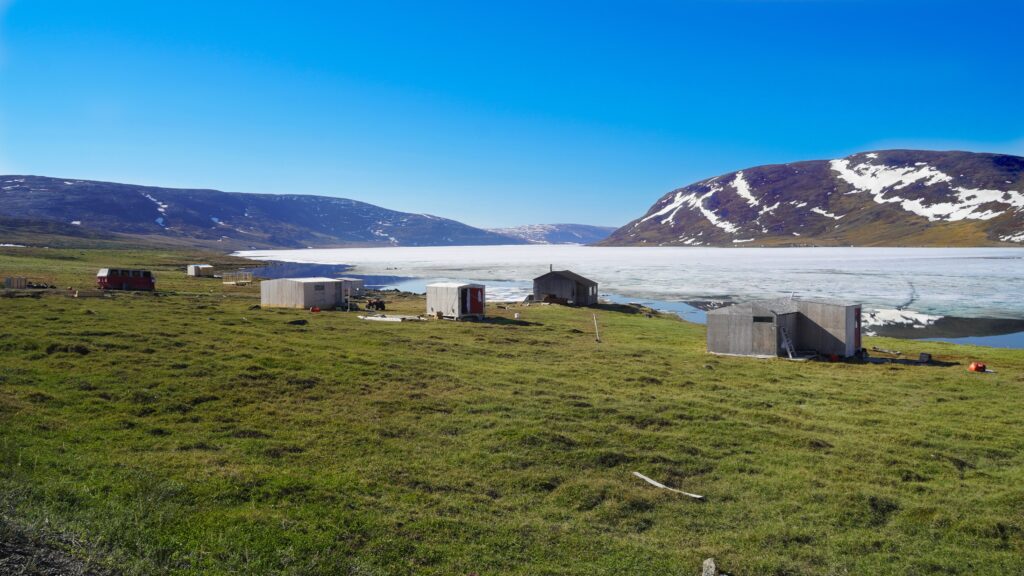
⠀
I chose Nunatsiaq News for this exercise, which involved finding a news article by a local Canadian outlet and writing a theoretical letter to the editor about what was done well and what could have been done better.
I picked a news story about the renewable energy company Tarquti Energy Inc. planning to have talks with 6 communities around Nunavik and possibly starting energy projects, which would include hydro, wind, and solar power. The story was taken from the website nunatsiaq.com, which records news about Nunavut, and the Nunavik territory of Quebec.
⠀
Letter to the Editor:
Dear Editor,
I wish to start out with some positive feedback from my first experience browsing your website. Nunatsiaq News seems to be doing a good job of bringing stories to your audience, which are truly relevant, timely and create value for its readers.
Your news story about a renewable energy company potentially creating projects in 6 communities in Nunavik provides the fundamental information in the headline, gives some additional details in the subheading, and uses a fitting picture for the topic of the article. Including a picture of the author Jeff Pelletier as well and giving a short description of him as a “Local Journalism Initiative Reporter” gives the reader a personal idea of who is reporting to them and makes the story come alive a bit more.
Going into detail and looking at the content of the article, I do see slight room for improvement. The most important facts are presented, quotes from a relevant source are included, an outlook for future developments is given and a correction of the article is also mentioned at the bottom. These are good practices for writing on the web and should applied for other articles too.
But the story could be a bit more complete, and this could be done by not just including many quotes of the company’s spokesperson, but also mixing it up with other sources to create a change in perspective. An example could be to include the statement of a person that lives in the communities, which would be chosen for the renewable energy projects. Hearing their opinions would help to get a better picture of what the affected people think of this change.
Good job on including social media links to share the story and a comment section system – Even if there is no engagement for this specific article, it is a great idea to at least give people the ability to participate in the reporting.
I noticed that you have a version of the same article in the Inuit language of Inuktitut. The article in that version includes a link to the English version, but I didn’t find any link to the Inuktitut version in the version in English. Including that link would be a small improvement, but possibly of some use to your Inuit readers. Translating more articles into Inuktitut in general is a great way to attract new readers and to keep more Inuit people informed.
In summary, I think you did a fine job on the story. Including the tips that I gave would make it a bit more polished for the reader – Other than that, please keep up the good work.
My regards,
Moritz Döring
Vancouver Island University
⠀
Additional sources used for this assignment:
- https://nunatsiaq.com/stories/article/nunavik-renewable-energy-firm-eyes-projects-in-6-communities/
- https://nunatsiaq.com/stories/article/renewable-energy-firm/
⠀
⠀
⠀
Revised Weekly Exercise (Week 12): Opinion Piece
⠀
German patients with long COVID require better support, especially given persistent conspiracy theories
⠀
While the late effects of coronavirus infections are still being studied, the government needs better plans to help suffering patients. Efforts for this should only increase in the face of many baseless claims and myths that fringe groups continue to share.
⠀
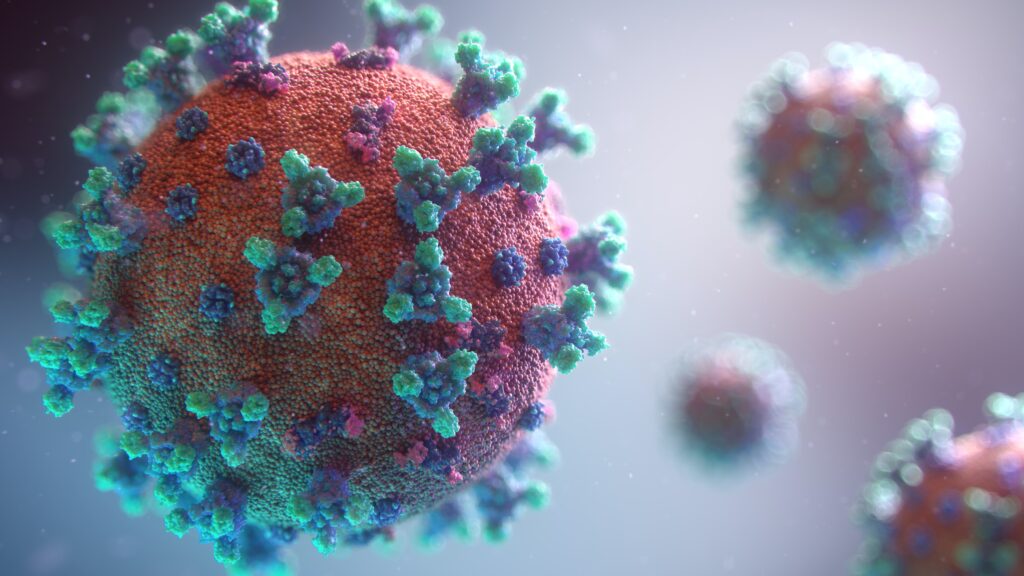
⠀
As of the start of December 2022, the number COVID-19 cases continues to rise in most federal states of Germany. In combination with the cold winter months only getting started, this ushers in a new phase of the pandemic for the country after its beginning almost three years ago.
Yet, as of December 1st, the German government has only introduced provisional solutions for patients suffering from long-term effects of COVID-19. First long COVID stations have been established to treat them specifically, but have come too late for those affected.
Some of the patients confront very long travel times to be able to get the treatment they depend on to return to a somewhat normal life. Therefore, more of these ambulance stations must be created by the government and with a much wider range throughout the federal states.
While many in the German population continue to reel from the illness, some groups keep spreading misinformation about the topic. Many of their claims have been fabricated from the start, yet myths and accusations are still being shared regularly on social media websites. Support of them from German celebrities serves to fan the flames.
Scientific thinking, logic and a humanist approach are crucial to prevent this pandemic-within-a-pandemic from getting even worse and further dividing the country. Germans must find common ground to unify them again and provide vulnerable people with the desperate help they need.
⠀
Additional sources used for this assignment:
- https://interaktiv.morgenpost.de/corona-virus-karte-infektionen-deutschland-weltweit/
- https://supertipp-online.de/2022/11/28/corona-leugnung-tv-sender-kreis-mettmann/
⠀
⠀
⠀
Revised Discussion Post (Week 4)
⠀
Task: Read the article “Predictions for Journalism in 2022” and post your thoughts on which predictions you think are most important for you, as a future contributor to online publications, and for the industry as a whole. What issues or concerns do these trends make you think of?
My Answer: While reading the “Predictions for Journalism in 2022”, four of the articles stood out to me in particular: “Leave fact-checking to the fact-checkers” by Jonas Kaiser is a thought-provoking perspective on the fact that checking information obviously remains important, but should be restricted to one’s own articles. Fact-checking pieces should be done by third-party fact-checkers instead, which would lead to a clearer division of tasks.
Connected to the topic of misinformation, I liked “Manipulated media will fool you – yes, you” by Ståle Grut: Specifically, he stresses the importance of journalists being more aware of faked information like online images and videos. After all, we are already seeing how convincing AI tech, Deepfakes and other trends have become. In such a world of increasing technology, we should expect a new normal of manipulation, which journalists can counteract by scrutinizing online sources more in-depth.
“You’ll be able to buy a newspaper pass” by Brian Moritz talks about an interesting way to finance journalists and news organizations, which I have not thought about before. Paying a certain amount to have 24-hour access to a news website might be one of the multiple strategies of supporting journalism in the future.
Finally, “A Cambrian explosion of news startups is coming” by Burt Herman predicts the fall of old media groups and the rise of many novel newsrooms in their stead. I must admit that it’s an exciting prospect to think about a very different playing field in the developing world of journalism, brought about by fresh media players. New startups, profit or non-profit organizations and more might be already waiting for us online journalism students in the years to come.
⠀
⠀
⠀
Revised Discussion Post (Week 9)
⠀
Task: Find a longform story you find particularly effective/enjoyable. Post a link and offer your observations on the following:
What makes the story captivating?
What skills does the author demonstrate, that you would like to develop in your own work?
What other media does the story make use of, if any, and how does that add to the depth of the storytelling? If it doesn’t, what techniques does the writer use to take advantage of the digital medium?
If you were writing a similar story, how would you do it better?
My Answer: Most people have probably heard of the multimedia feature “Snow Fall: The Avalanche at Tunnel Creek” by the New York Times before. While the popularity of Snow Fall is much deserved, I think “Firestorm: The story of the bushfire at Dunalley” is just as phenomenal in its own ways. It tells the thrilling story of an Australian family trapped in the middle of a bushfire. A setting like that is already enough to keep me engaged and find out about the consequences of the fire for the family, as well as the surrounding community.
Here you can check out Firestorm for yourself: https://www.theguardian.com/world/interactive/2013/may/26/firestorm-bushfire-dunalley-holmes-family?guni=Article:in%20body%20link
Throughout the story, writer Jon Henley and the rest of the team behind this piece show multiple skills that make me all the more interested in creating/participating in this type of digital journalism in the future myself. This includes the use of various immersive digital elements: Videos and audio give background information and introduce people affected by the fire, while some of the pictures serve especially well to elicit an emotional reaction. Maps with graphical elements show the extent of the bushfire and where exactly the fire took place, giving you a sense of scale for the disaster.
The text portions of the story are expressed mostly in short paragraphs, contain important facts and really goes into detail. Dividing the text up into chapters, avoiding too many technical terms and always accompanying the text with some visual components prevents the written parts from being too boring and overly crowded. The navigation bar on the right side makes it easy to quickly reach any part of the piece.
In sum, I think it’s a well-presented, cinematic longform story that has mostly the right amount of different parts coming together successfully – Which makes it difficult to point out what I would do better if I were to write a similar story. If I had to choose, I would possibly center the text instead of always having it be on the left side, which is just a personal preference. In case of a growing popularity beyond English-speaking countries, one might also think about translating the story into other languages, including subtitles in different languages for the videos. Other than that, I’m very impressed and see this as another great example of the exciting directions that journalism could go towards in the years and decades ahead.
